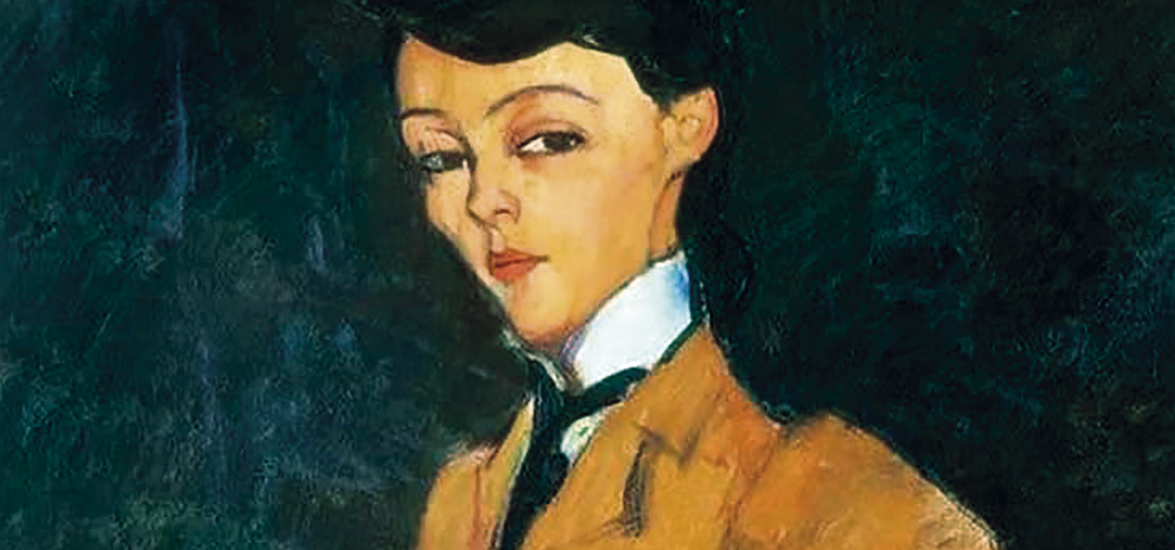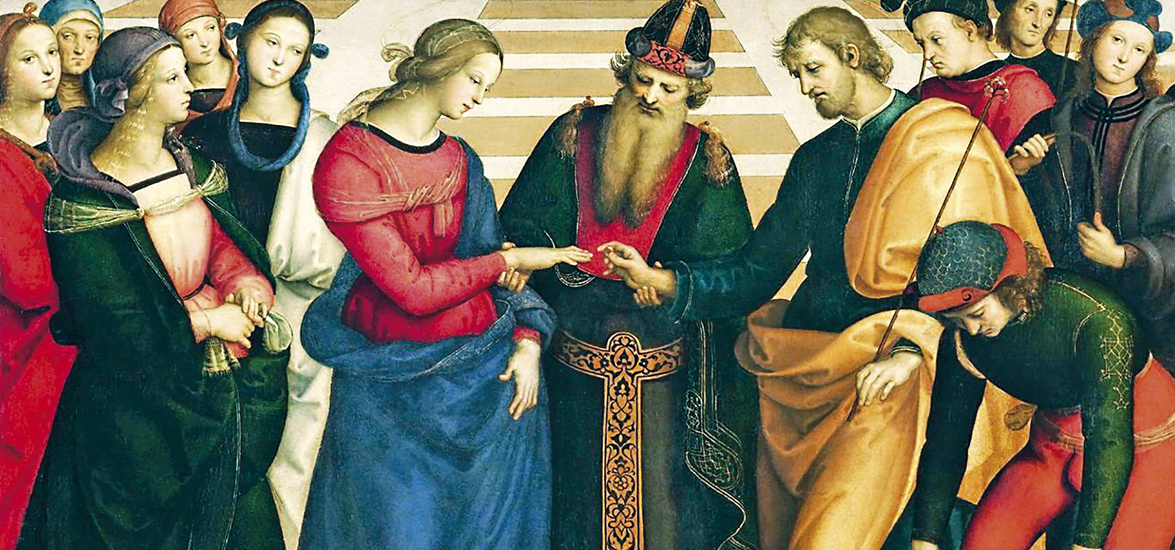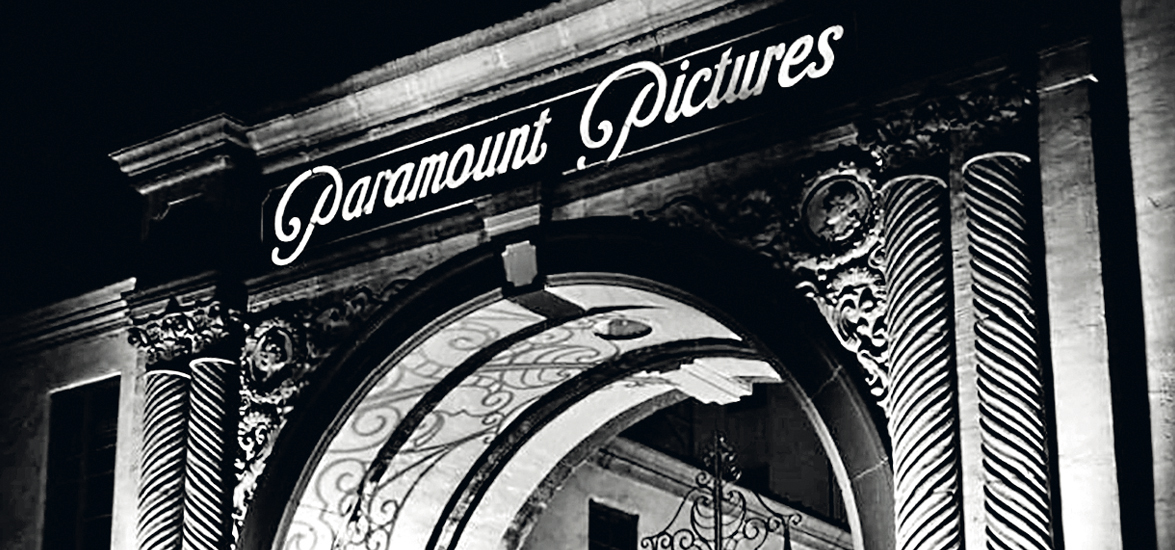
Musicals!
ANYTHING GOES A brief history of the musical ‘No legs, no jokes, no chance!’ The famous quote was plain wrong. The show in question – the 1943 pre-Broadway premiere of Away We Go – was a strange subject for an entertainment: a story about feuding cattlemen and farmers out West in 1906, that includes a gruesome killing. Such violence was not the stuff of the usual froth (London’s theatreland was once called ‘an asylum for American inanity’). When it opened Read More









